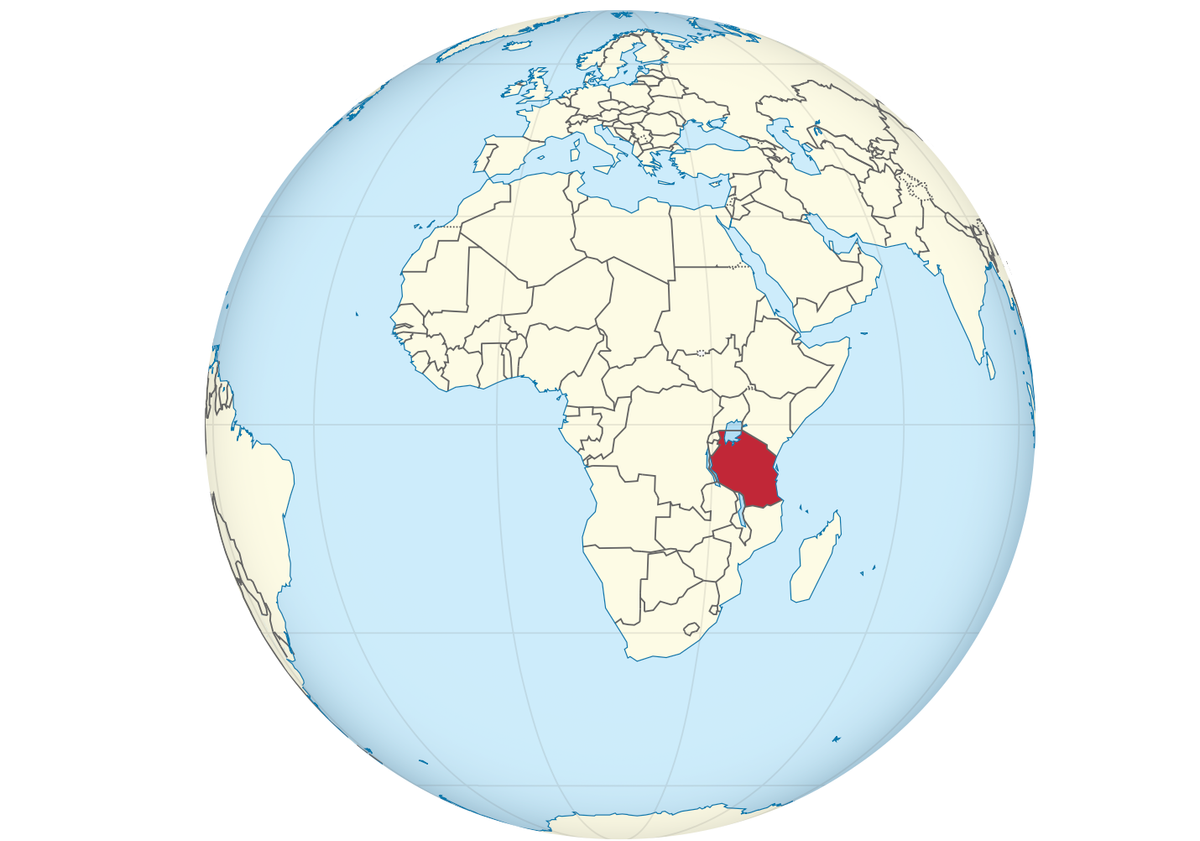Greener Pastures Ahead: Maasai Adapt with Trees 🌳
“We grow different types of native trees, as well as vegetable and fruit trees like avocado, lemon and orange trees.”

This article by Naomi Achieng originally appeared in Mongabay.
- An NGO working with Maasai pastoralists in northern Tanzania says its efforts to restore tree cover in the semiarid region and offer alternative forms of livelihood in the face of climate change impacts are bearing fruit.
- TACCEI promotes tree planting and better management of water resources by community members, and helps local government officials integrate consideration of climate change into development policies and strategies.
- Tanzania’s Simanjiro district experienced a 20-year spell of poor rainfall starting in the early 2000s, during which the largely pastoralist population has seen its livestock herds shrink and die out.
- By helping community members to start cultivating vegetables and fruit trees and take up beekeeping and craft making, TACCEI aims to build up community resilience to the worst impacts of climate change.
The village of Terrat, a settlement of around 14,000 people in the semiarid grassland and acacia forests of the Maasai Steppe, is one of many across northern Tanzania that has suffered increasingly frequent and severe drought. Terrat’s residents, farmers and herders alike, are adapting to the challenges of their changing climate with help from an organization supporting tree planting alongside new farming techniques and economic opportunities.
Drought isn’t new to Simanjiro district, where Terrat is found, but beginning in the early 2000s, this part of Tanzania witnessed a 20-year spell of poor rainfall. This posed a significant challenge for the roughly 80% of Terrat’s population who are pastoralists, reliant entirely on rain for pasture for their animals.
Kone Medukenya, the Terrat village chair, told Mongabay that with limited pasture and many water sources drying up, cattle weakened and many animals died, and the land could only support goats. This reduced the pastoralists’ primary source of income. Livestock herders were forced to travel farther in search of grazing land, often into neighboring territories, triggering disputes with those communities over dwindling resources.
The drought also drove the price of food up across this part of Tanzania. The price of a 100-kilogram (220-pound) sack of maize rose from $11 in 2004 to $66 in 2008 and continued to increase for nearly 10 years. In Simanjiro, residents said they had to travel more than 100 kilometers (60 miles) to the Arusha region to buy reasonably priced leafy green vegetables.
“We witnessed poor living conditions due to climate change, including drought, lack of rainfall, severe water shortages, and scarcity of food and pasture for both people and livestock,” Medukenya said in a phone interview. “We lacked natural foods such as maize, beans and meat, but TACCEI has been a great help in our area.”
TACCEI is the Tanzania Conservation and Community Empowerment Initiative, a nonprofit based in Terrat. It supports climate change adaptation and resilience in Simanjiro by promoting tree planting and better management of water resources by community members, and helping local government officials integrate consideration of climate change into development policies and strategies.
Yohana Mollel, the organization’s community liaison officer, told Mongabay that its tree-planting campaign, working closely with primary and secondary schools in Simanjiro and the neighboring district of Longido, has seen more than 30,000 seedlings planted. “We grow different types of native trees, as well as vegetable and fruit trees like avocado, lemon and orange trees.”
These trees help prevent soil erosion and, as they mature, allow people to earn additional income from timber, honey, essential oils, fruit, and medicinal and other products.
TACCEI has also helped some community members establish commercial vegetable farms.
“Their program has significantly improved my situation,” said Neema Nduya, a 37-year-old Maasai who used to sell firewood to support her four children. “I cultivate vegetables, sell them, and generate income to purchase books, uniforms and food for my children. Earning money has made it somewhat easier to meet our basic needs.”
The NGO has also helped community members establish other businesses, like Maasai bead crafting and beekeeping. “We provided each group with $400 to support women running small businesses in Terrat. We aim to combat climate change by offering capital for other businesses and discouraging the cutting of trees for firewood and charcoal business,” Mollel said.
However, these adaptations have also brought challenges. Where herders were used to letting their cattle roam freely in search of grazing, the animals increasingly damage the fields of new farmers like Nduya, or eat or trample newly planted tree seedlings. Some pastoralists with too many cows to supervise throughout the day have had to redistribute some of them to friends or relatives to look after.
The group’s work complements efforts by the government’s agriculture extension officers, who are also working to help Simanjiro residents adapt to changing conditions.
“We had to educate the community about these changes, and getting them to realize how crucial it is to plant and take care of trees to tackle climate change,” said Petro Mejooli Lukumay, a government agriculture officer. “They really have understood the campaign, and the tree-planting efforts are moving along at a fast pace.”
TACCEI’s work has been supported by several international organizations, including the Global Landscape Forum’s GLFx project, which supports local efforts to strengthen policy and protect landscapes across the world.
TACCEI’s Mollel said the NGO has already made the Simanjiro landscape greener. Over the next 10 years, he said, he hopes to see continued expansion of tree cover, better livestock management, and the consolidation of sustainable livelihoods that will allow Simanjiro’s residents to protect their landscape.
License
Achieng', Naomi. For Tanzania’s Maasai, Adapting to Climate Change May Mean Less Livestock, More Trees. Mongabay, October 30, 2024. Republished under a Creative Commons Attribution-NoDerivs 4.0 License with minor formatting changes.




